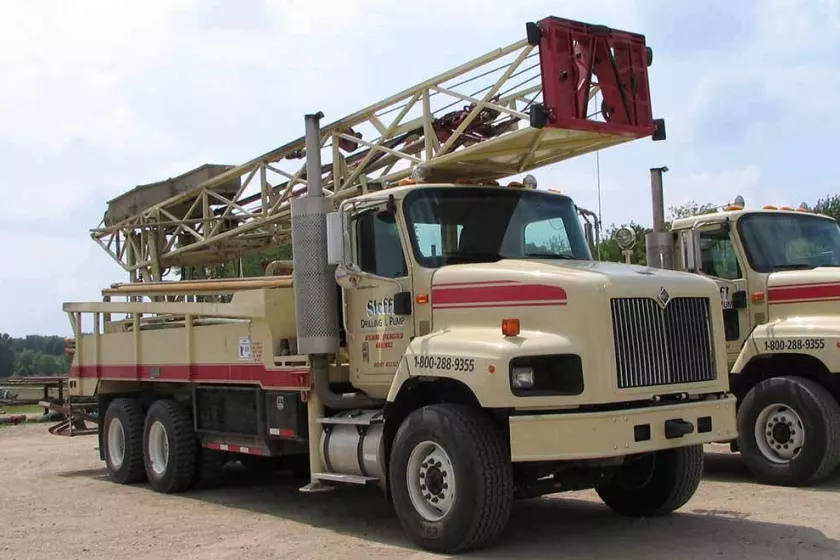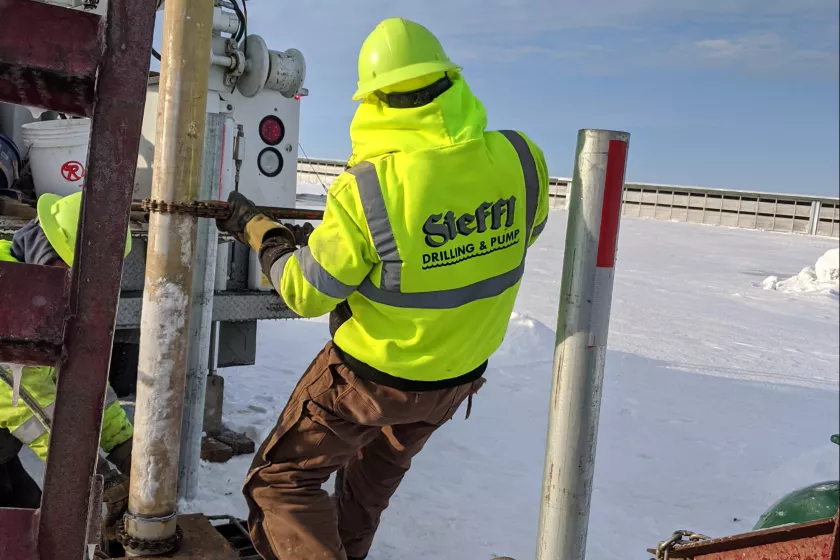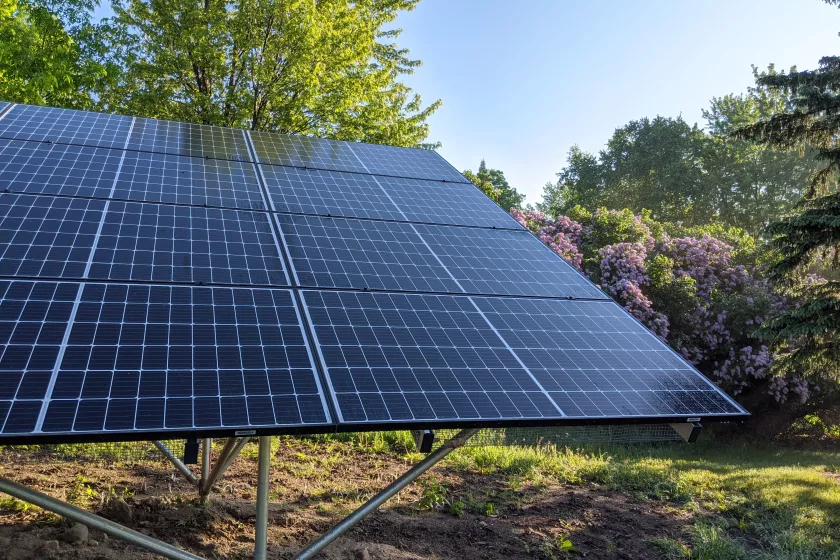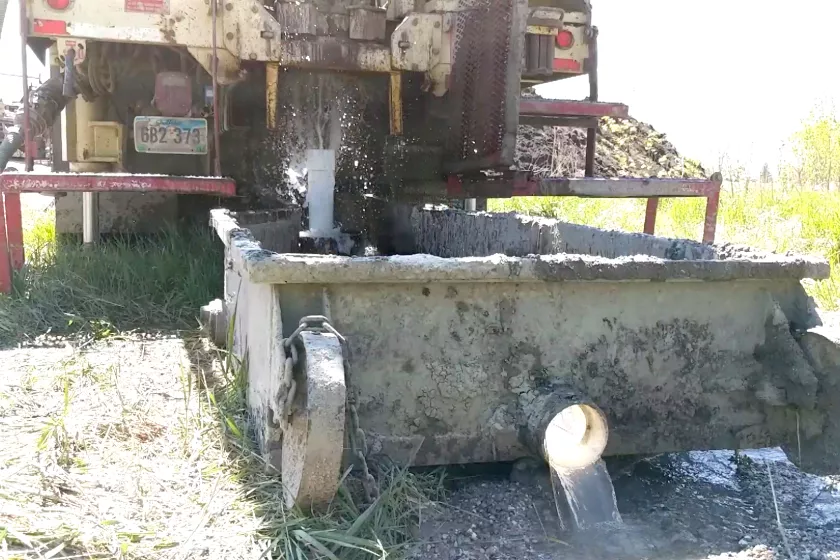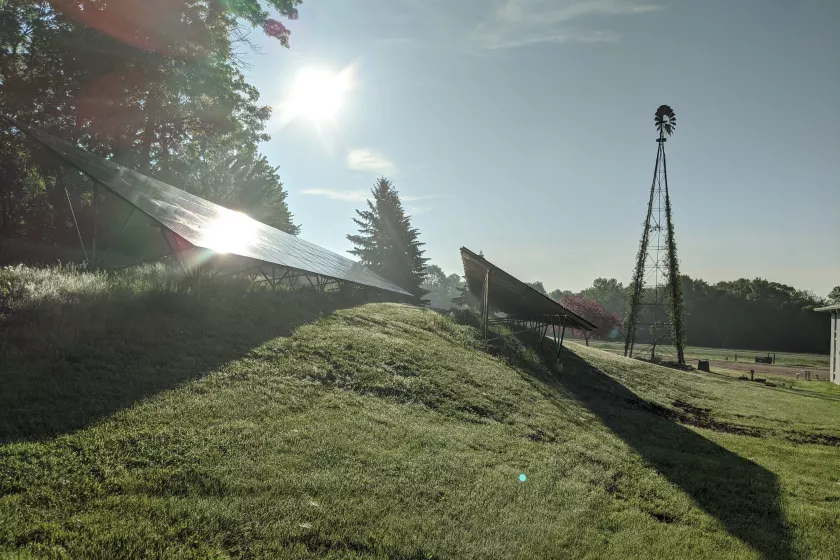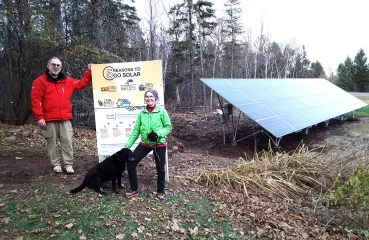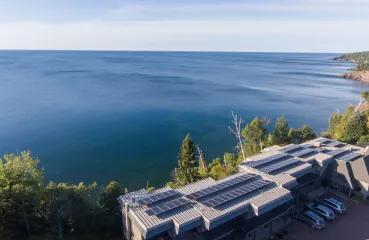Sam Steffl: As a company whose core business relies directly on conserving the earth’s resources, we’re always focused on being good stewards.
One of the ways we accomplish this is through a continuous evaluation of our day to day operations and downstream impact of our operations on our environment. From the products we sell to the energy that powers our building, we’re looking for ways to align being more environmentally conscious with our goal of running a profitable business.
Through this process we became aware of the rising costs associated with powering our building and began looking at ways to reduce costs. The two areas of improvement we identified were to 1) use less energy and 2) use cleaner energy.
We started with a significant investment in converting our heating and cooling system to a geothermal powered system and upgrading our lighting to energy efficient LEDs to curb our energy use.
We also looked closer into where our energy was coming from and discovered the energy mix our local utility provider supplies to our building relies heavily on burning coal for power. As is the case with most businesses, with only one local utility provider in our area, our only other option was to generate our own clean energy. So that’s exactly what we decided to do with solar.

